

New Braunfels
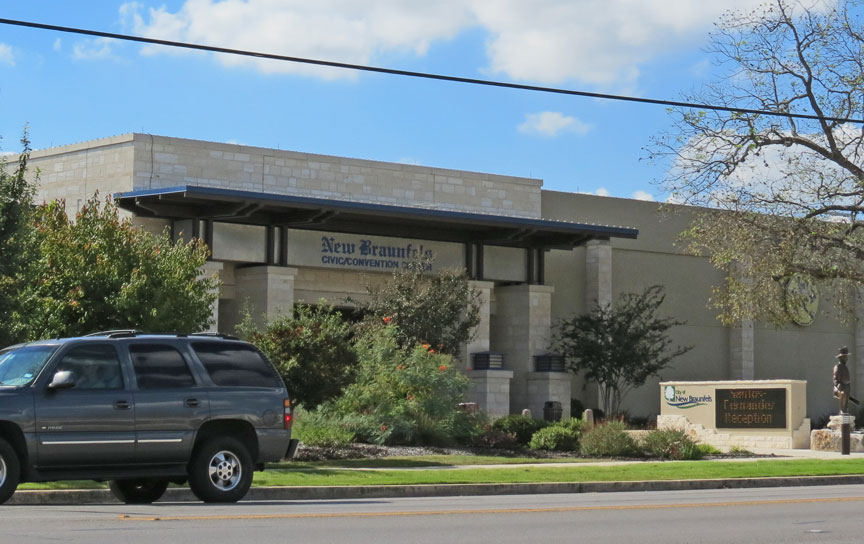
New Braunfels
New Braunfels is a city in Comal and Guadalupe counties in the U.S. state of Texas. Braunfels means "brown rock" in German; the city is named for Braunfels, in Germany. The city's population was 57,740 as of the 2010 census, up 58% from the 2000 census population of 36,494. It is the seat of Comal County. New Braunfels has a sizeable German Texan community. During the 19th century, its name was often spelled Neu-Braunfels, even by English speakers.

New Braunfels is the second-largest city in the San Antonio–New Braunfels
Metropolitan Statistical Area.
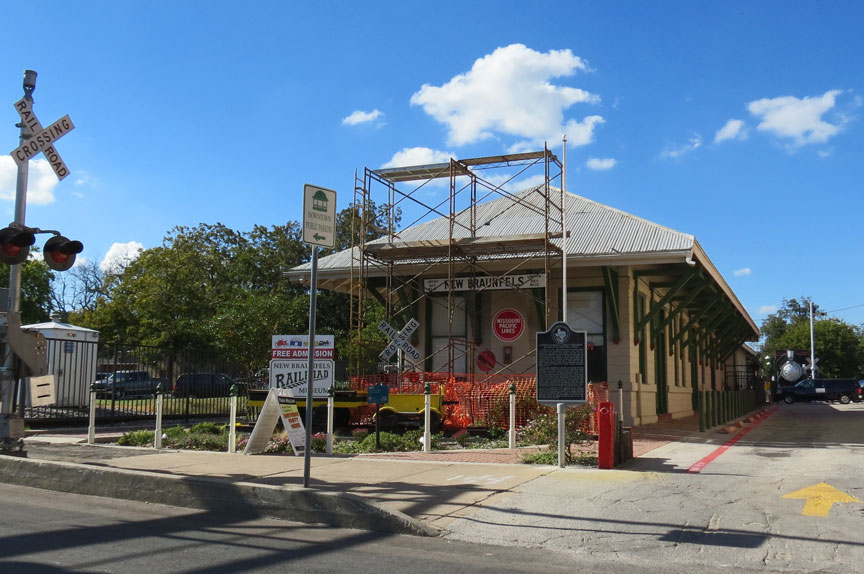
former railroad station
New Braunfels was established in 1845 by Prince Carl of Solms-Braunfels, Commissioner General of the Adelsverein, also known as the Noblemen's Society (in German: Mainzer Adelsverein). Prince Solms named the settlement in honor of his home of Solms-Braunfels, Germany.

The Adelsverein organized hundreds of people in Germany to settle in Texas.
Immigrants from Germany began arriving at Galveston in July, 1844. Most then
traveled by ship to Indianola in December, 1844 and began the overland journey
to the Fisher-Miller Land Grant purchased by Prince Solms. At the urging of John
Coffee Hays, who realized the settlers would not have time to build homes and
plant crops further inland before winter, and as the German settlers were
traveling inland along the Guadalupe River, they stopped near the Comal Springs.
Prince Solms bought two leagues of land from the Rafael Garza and Maria Antonio
Veramendi Garza for $1,111.00.


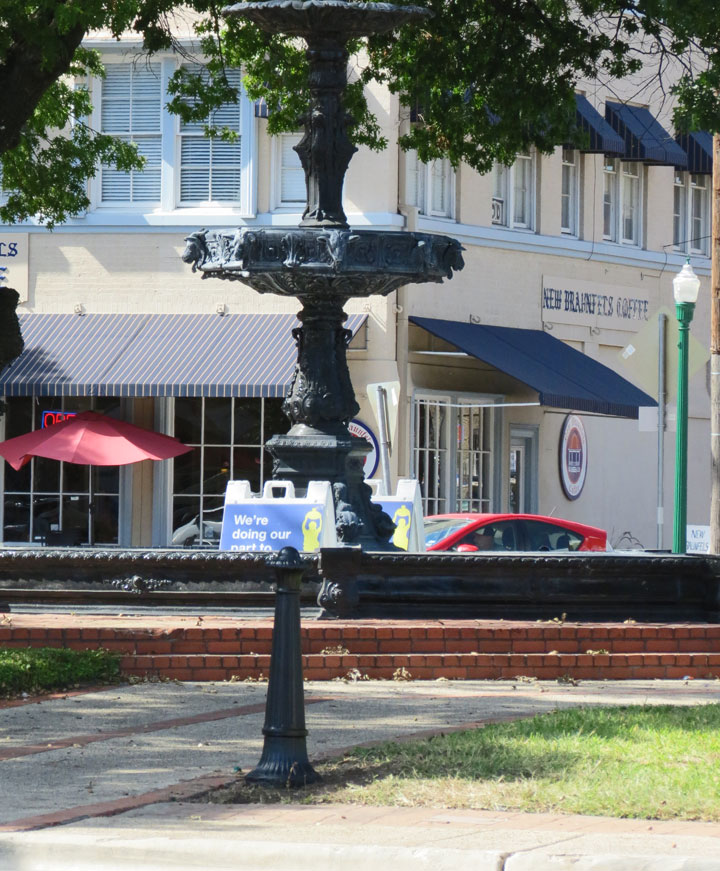
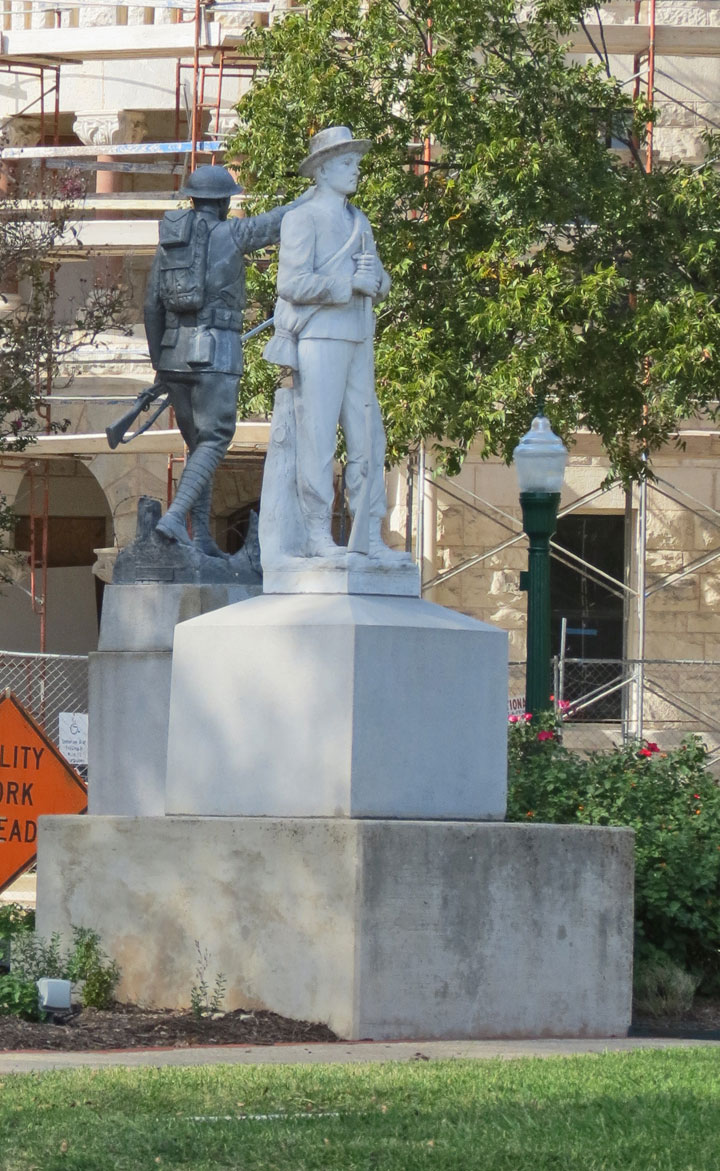
war memorials
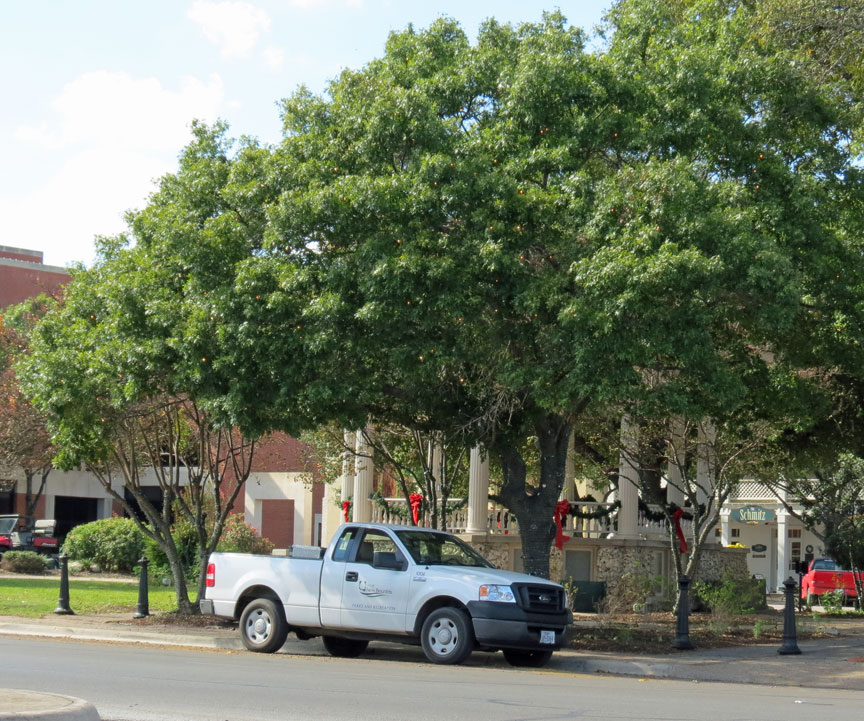
bandstand

The land was located northeast of San Antonio on the El Camino Real de los Tejas
and had the strong freshwater Comal Springs, known as Las Fontanas when the
Germans arrived. It was also approximately halfway between Indianola and the
lower portions of the Fisher-Miller land grant. The first settlers forded the
Guadalupe.
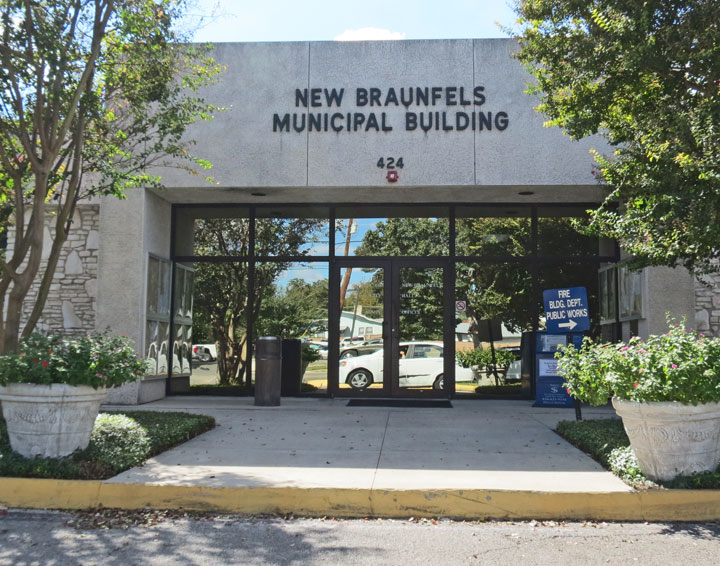
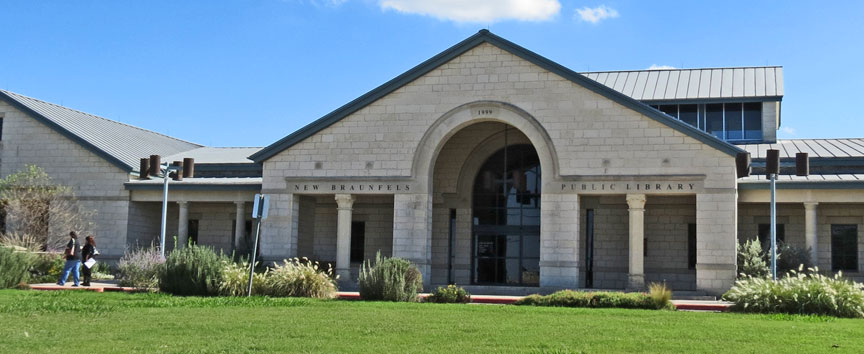
library
As the Spring of 1845 progressed, the settlers built "Zinkenburg", a fort named for Adelsverein civil engineer Nicolaus Zink, divided the land, and began building homes and planting crops. Prince Solms would also lay the cornerstone for the Sophienburg, a permanent fort and center for the immigrant association.

old city hall
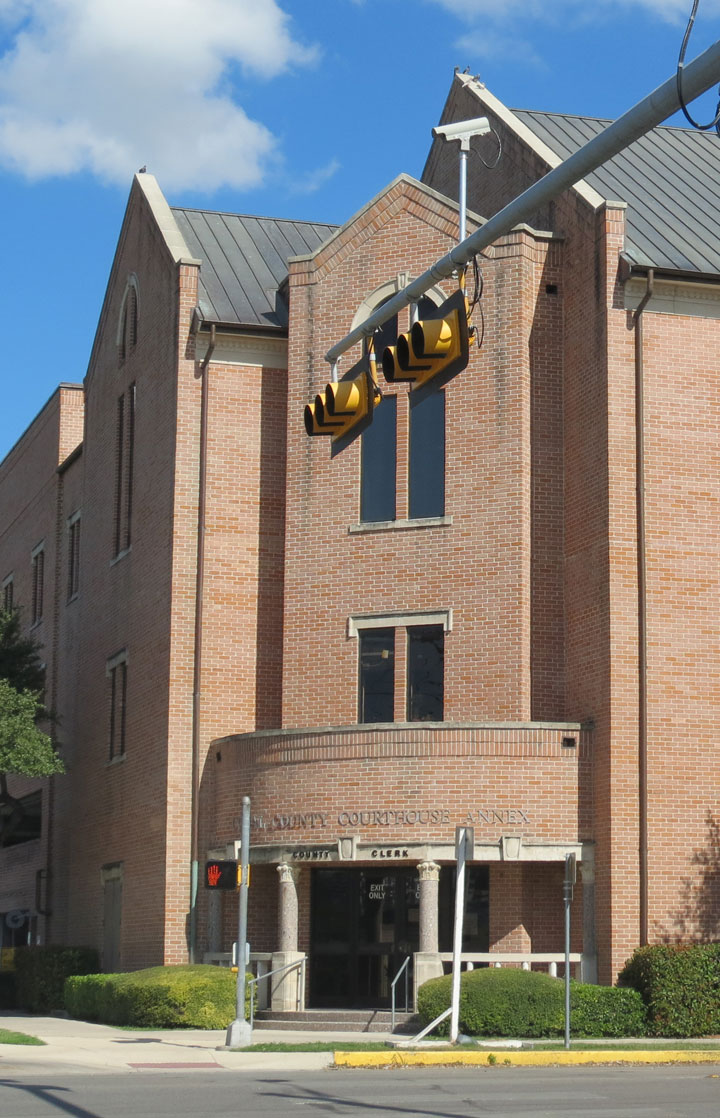


In 1844, Prince Solms was so disillusioned with the logistics of the
colonization that he asked the Vereins to remove him as Commissioner-General and
appoint a successor. When John O. Meusebach arrived, the finances were in
disarray, due in part to Prince Solms' lack of business experience and his
refusal to keep financial records. To a larger degree, the financial situation
happened because the Adelsverein was an organization of noblemen with no
practical backgrounds at running a business. They were on the other side of the
world and did not witness the situation both Prince Solms and Meusebach were
dealing with. Henry Francis Fisher had not supplied transport and supplies for
which the Verein advanced money to him. Meusebach found Prince Solms in
Galveston trying to return to Germany, detained by authorities for unpaid bills.
Meusebach made good on the debts so Prince Solms could depart.

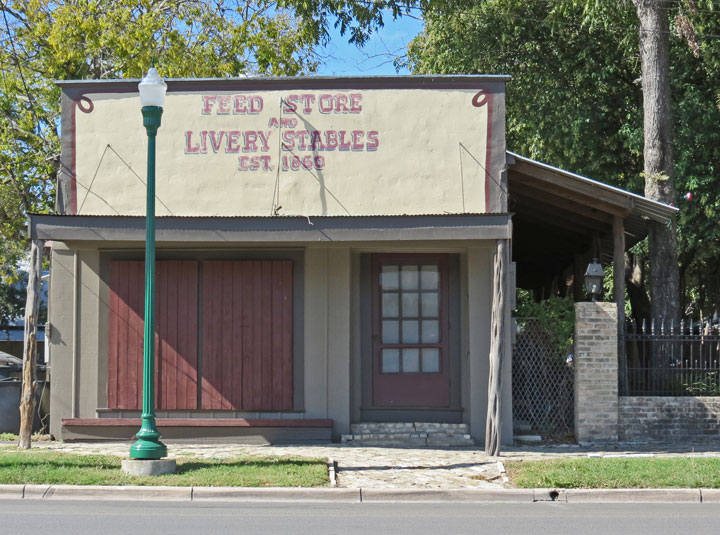
Meusebach discovered that the Prince Solms choice of the inadequate Carlshafen
(Indianola) as a port of entry, as well as the isolated route to New Braunfels,
was deliberately chosen to keep the Germans from interacting with any Americans.
According to Nicolaus Zink, Prince Solms had planned to establish a German
feudal state by secretly bringing in immigrants and placing them in military
fortresses. Meusebach, who had renounced his own title of nobility, took a
different approach and invited Americans to settle in the Vereins territory.
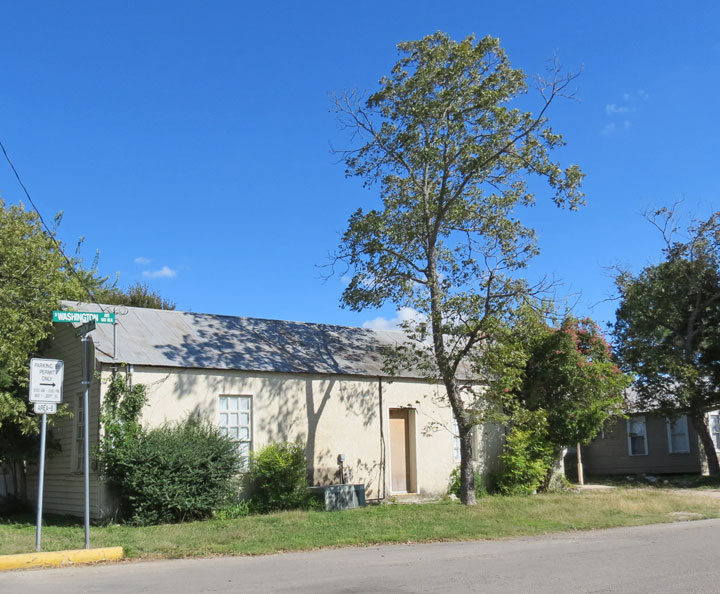
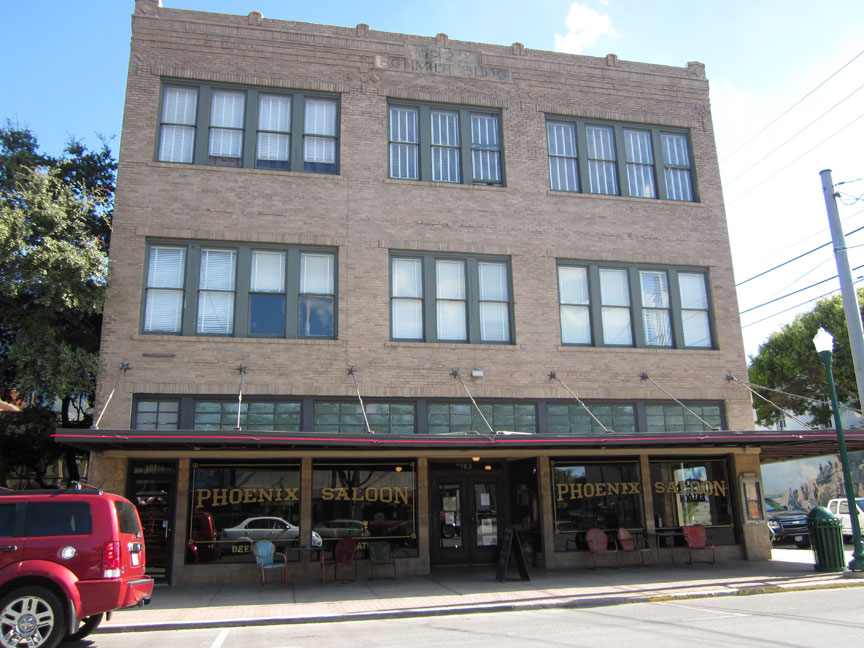
Prince Solms being an officer of the Imperial Army of Austria, had kept a
uniformed military unit at the ready in Indianola. Meusebach converted the
military unit to a more needed work detail. A finance and business structure for
the colony was put in place by Meusebach. He also provided for adequate food and
shelter for the colonists. On August 11, 1845, Hermann Friedrich Seele became
the first teacher for the German-English school in New Braunfels. Meusebach
established friendly relations with a local tribe of Waco Indians. Upon seeing
his reddish-blonde hair, they called him "Ma-be-quo-si-to-mu", "Chief with the
burning hair of the head".
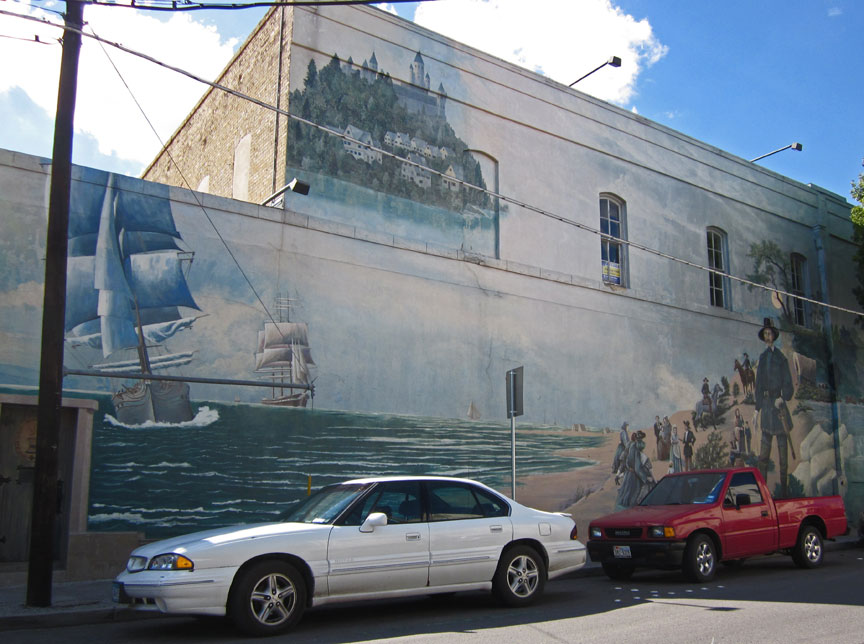
In May 1846, Meusebach received a letter from Count Castell informing him 4,304
emigrants were on their way to Texas. With no funds and no new settlements, the
mass of emigrants were stalled at Carlshafen. Meusebach's requests to the Verein
for more money, and his warnings at pending bankruptcy for the Verein, brought
no results. As a last resort, Meusebach instructed D.H. Klaener to publish the
plight in the German news media. Embarrassed by the publicity, the Verein
established a $60,000 letter of credit. The amount was not adequate for
sustaining the total amount of German emigrants in Texas, but Castell also sent
Philip Cappes as Special Commissioner to observe the situation. Cappes had also
been instructed by Castell to observe Meusebach and to secretly report back
every detail. By the time Cappes departed in March 1847, he recommended another
$200,000 be advanced.

Friesenhaus restaurant
Cappes invited Henry Francis Fisher to New Braunfels, in spite of Fisher not being entirely trustworthy to the Verein. February 11, 1845, Fisher had been involved in coercing newly arrived immigrants to sign documents stating their intent to depart from the Verein and align with Fisher's friend Dr. Friedrich Schubbert aka Friedrich Strubberg.
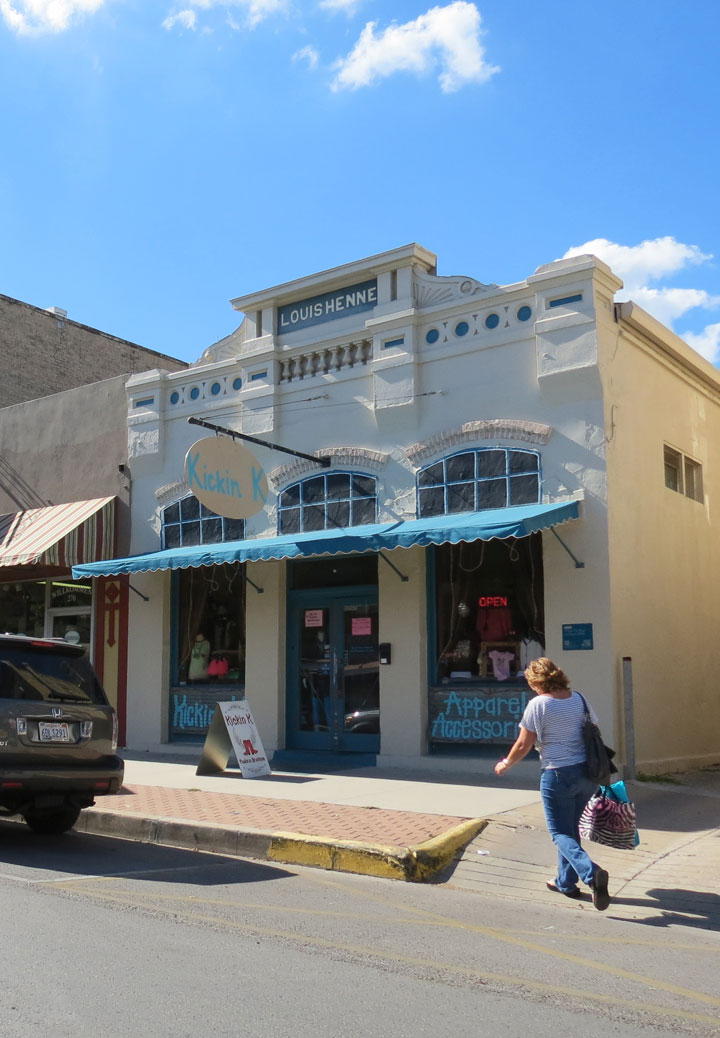
Cappes was not in town when Meusebach was breakfast host to Fisher on December
31, 1846. Posters had mysteriously appeared about town maligning Meusebach,
saying "Curses upon Meusebach the slave driver," and inciting colonists to free
themselves from his "tyranny". A group led by Rudolph Iwonski pushed their way
into Meusebach's home, and colonist C. Herber brandished a whip. Herber was an
alleged counterfeiter to whom Count Castell had awarded asylum. Meusebach and
Herber shared a mutual dislike of one another.
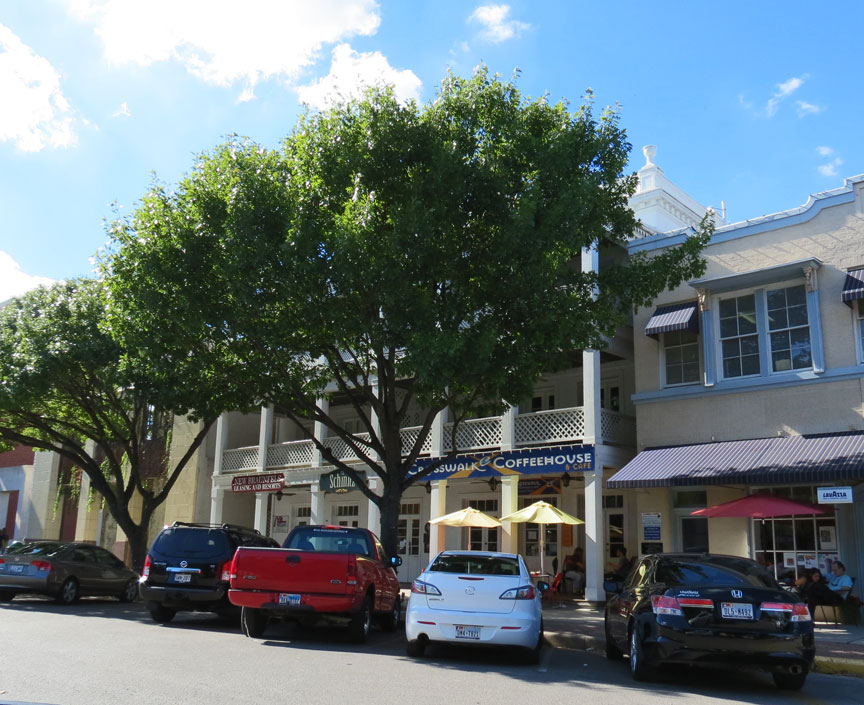
The colonists had a list of demands that included Meusebach resigning as
Commissioner-General and turning the colonization over to Fisher. Meusebach kept
his composure but the group became so heated they yelled, "Hang him!" When the
estimated 120 men dispersed, Fisher was nowhere to be found. The same evening, a
different group of individuals assembled and pledged to stand by Meusebach, the
next day passing resolutions condemning the actions of the mob. Meusebach
himself had considered leaving Texas as early as November 1845, when he wrote to
Count Castell and announced his intention to resign and return to Germany.
Meusebach did not feel the Adelsverein was organized enough to achieve its
goals. After the mob visit in New Braunfels, he again submitted his resignation
to accompany a financial report to Castell on January 23, 1847.
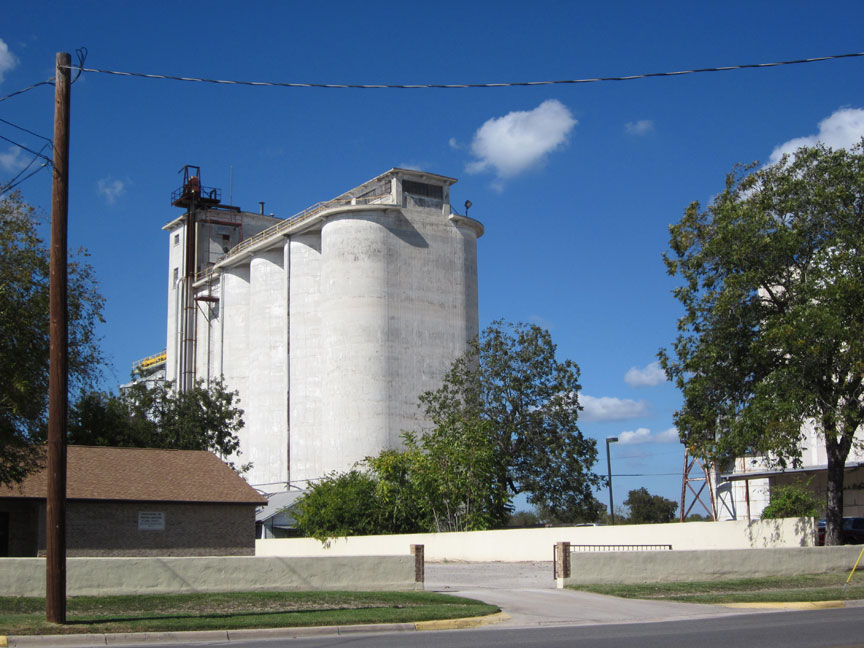
Meusebach had arranged with the Torrey Brothers for transporting the emigrants
inland, but the United States hired the Torrey Brothers for use in the
Mexican-American War. An epidemic of spinal meningitis broke out at Carlshafen and spread with the emigrants to New Braunfels and Fredericksburg.
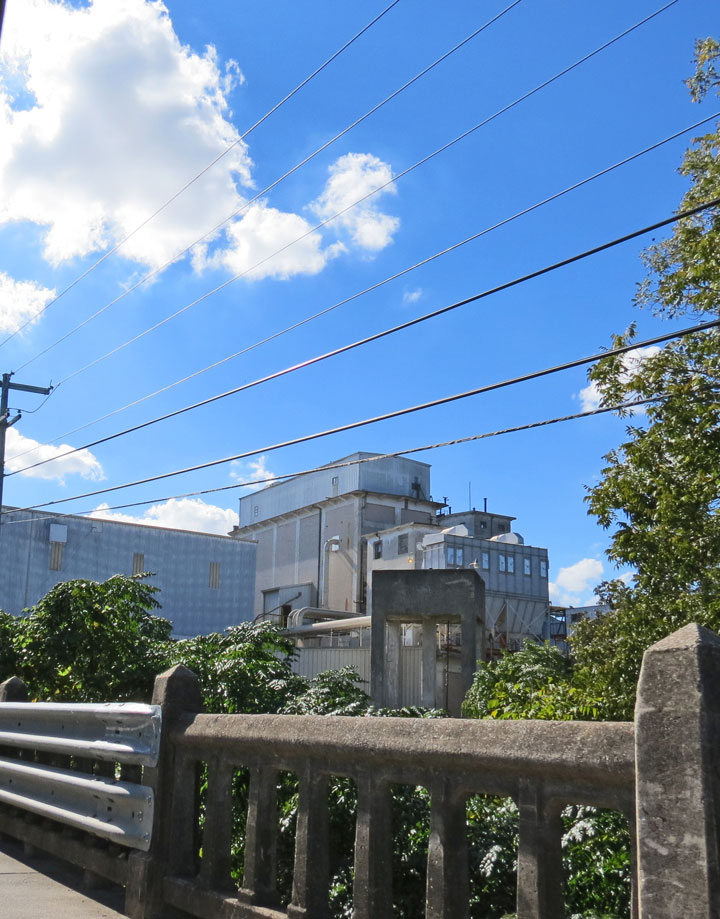
Meusebach stabilized the community's finances, and encouraged the settlers to
establish additional neighboring communities. The largest of these secondary
settlements was Fredericksburg, 80 miles to the northwest of New Braunfels.
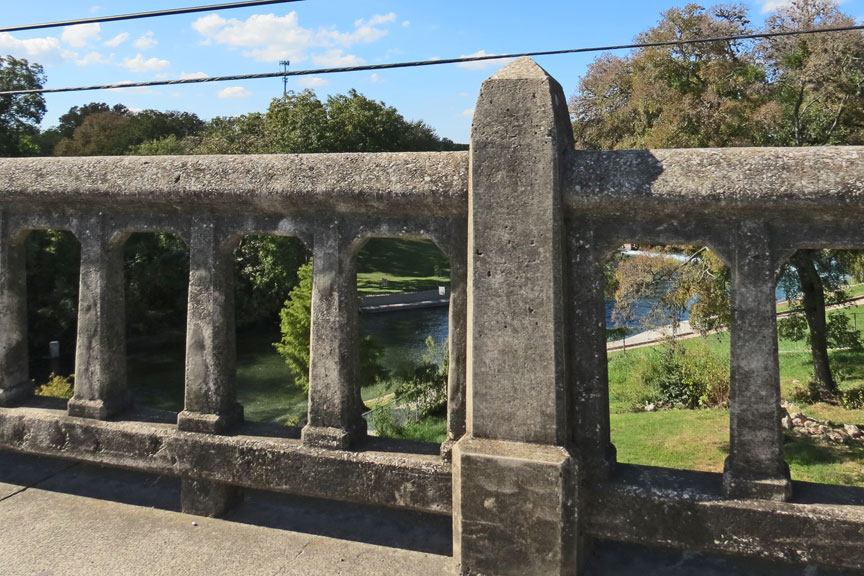
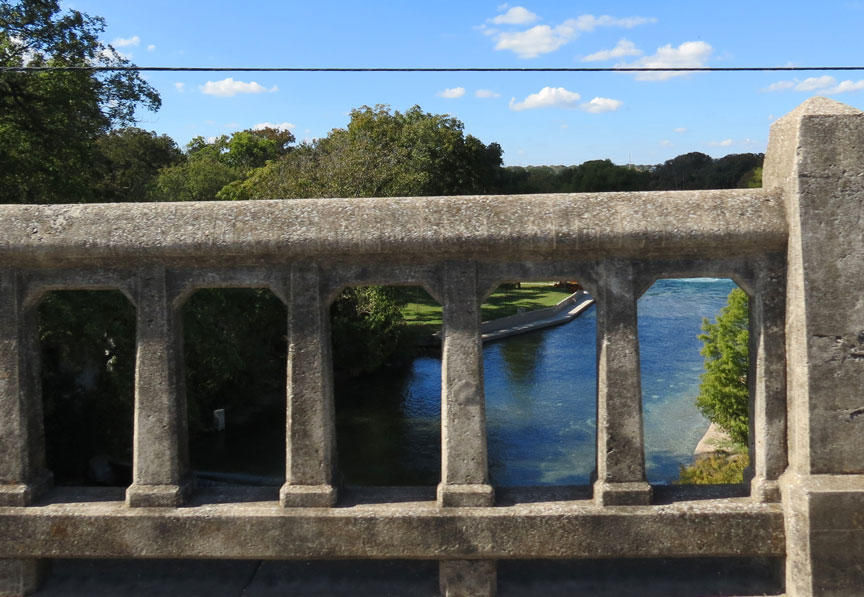
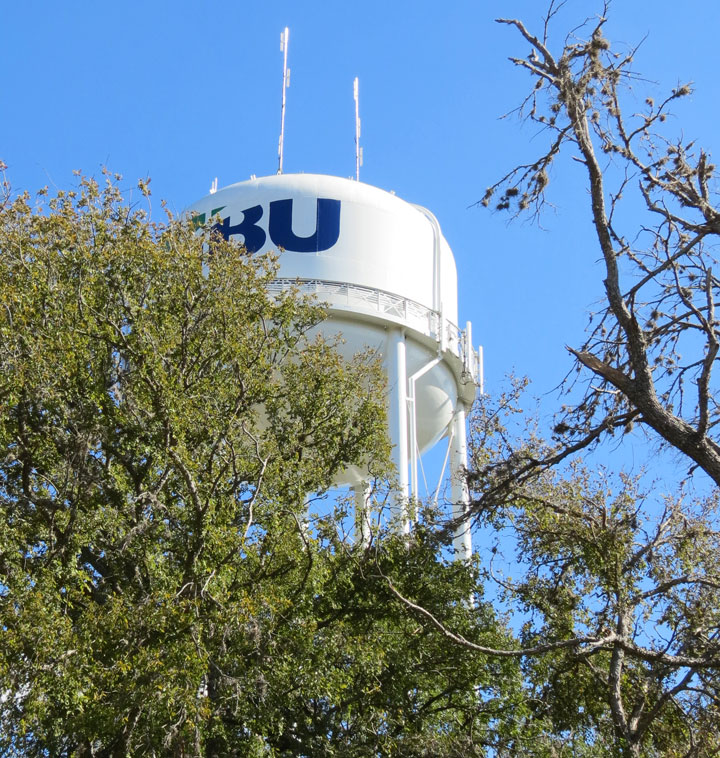
New Braunfels thrived, and by 1850, it was the fourth largest city in Texas,
with 1,723 people, following only Galveston, San Antonio, and Houston in
population. In 1852, the Zeitung newspaper was established, edited by German
Texan botanist Ferdinand Lindheimer. The newspaper continues to publish under
its current name, the Herald-Zeitung.
Text from Wikipedia


Schlitterbahn
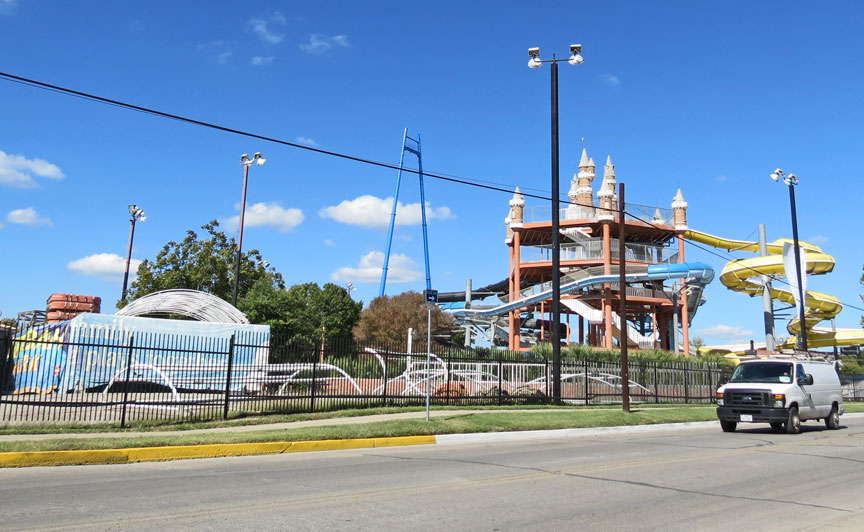

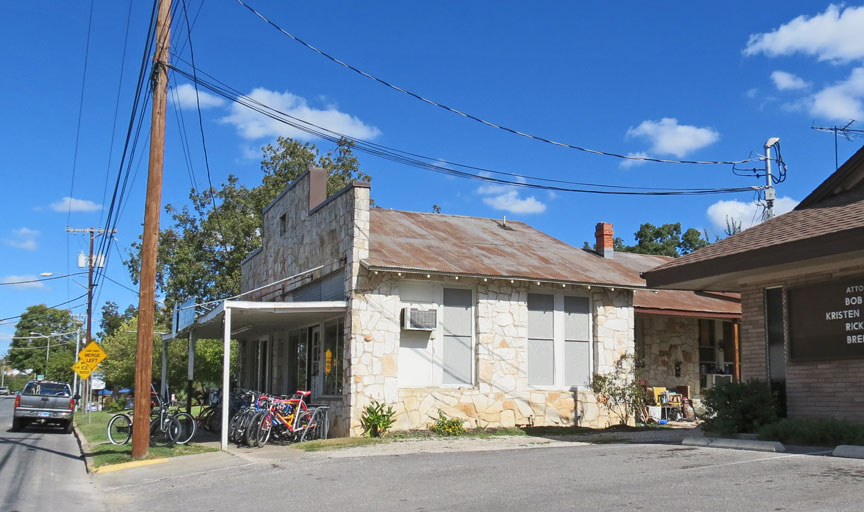
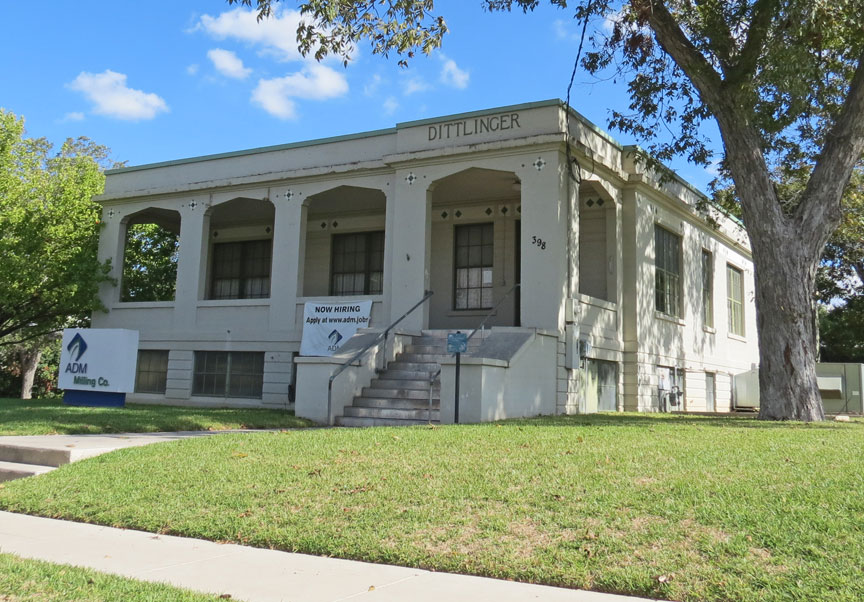
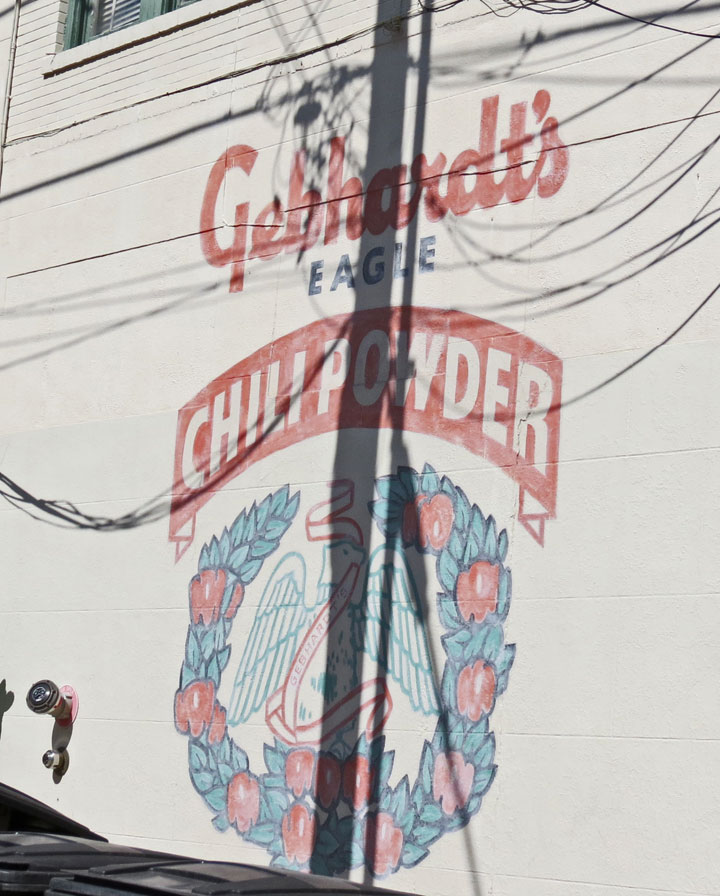
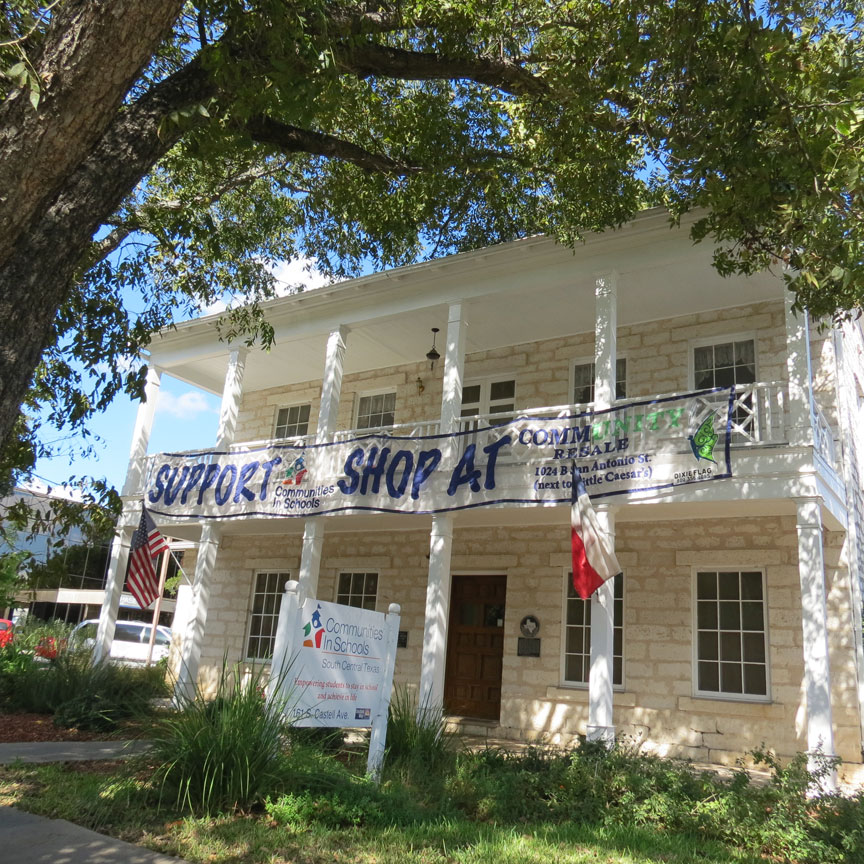
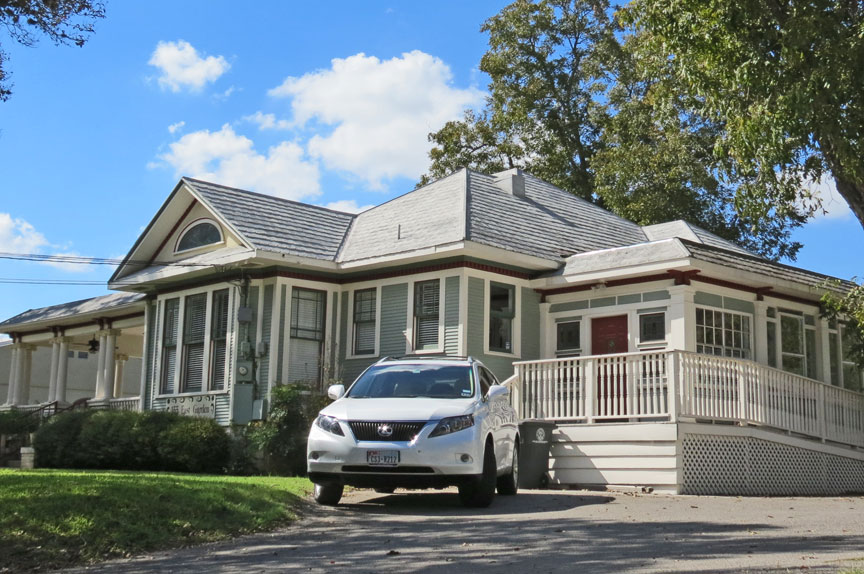
a New Braunfels residence